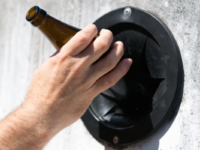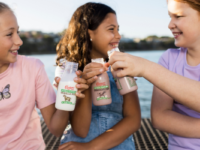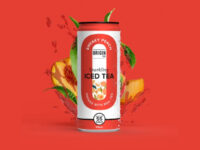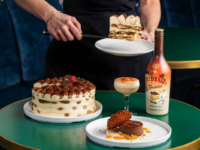 Soho, London, April 1973: David Gluckman was working as a product developer and had just set up his own business when a client came to him with a brief – to produce a new drink for Ireland.
Soho, London, April 1973: David Gluckman was working as a product developer and had just set up his own business when a client came to him with a brief – to produce a new drink for Ireland.
“We had this very loose brief. The Irish were looking for a new brand for export. That was it, no parameters, no constraints, no limitations, nothing,” Gluckman explains.
He already had a very strong connection with Ireland, having worked on the development of the Kerrygold butter brand, and was keen to explore whether the nation’s top-quality dairy could feature in the new liquor.
On a cold April morning, after about two weeks as an independent company, Gluckman and his business partner headed off to the local supermarket to put the idea to the test.
“We bought some cream and a small bottle of Irish whiskey and blended them together. It tasted awful! So we went back to the supermarket and found some powdered drinking chocolate, added that and a bit of sugar and the product tasted really promising,” Gluckman recalls.
“We put our concoction into a screw cap bottle and went over to the client. He said it was terrific!”
Little did they know that their “wacky” experiment would spawn one of the world’s most recognisable drinks.
“The initial thought behind Baileys Irish Cream took about 30 seconds. In another 45 minutes the idea was formed. A decade of experience kicked in and delivered a great idea.”
The duo initially struggled to find a name for their revolutionary drink. Well-known Irish businessman, Tony O’Reilly had warned Gluckman about using traditionally Irish names.
“Names like O’Reilly tend to be a bit whimsical, so you look for names that aren’t quite so obviously Irish. We happened to have a restaurant below our office called Bailey’s bistro. As a self-fulfilling prophecy, a few months later I noticed there was a famous old restaurant in Dublin called The Bailey.”
The Bailey remains one of Dublin’s most popular institutions today.

That shit will never sell
Gluckman gives a lot of credit to the people who believed in the idea from the beginning and pushed it through.
“The real hero is the person who actually buys the idea. We were offering this pretty wacky brown liquid unlike anything that had been done before in the drinks business. But they had the guts to go ahead with it and make it what it became.”
In 1975, the CEO of International Distillers and Vintners (IDV) Ireland took the Baileys brand to the US to discuss it with Abe Rosenberg who was “a titan in the drinks business at the time. He held up the bottle, had a taste, and looked him squarely in the face and said, ‘That shit will never sell.’”
To his credit, Rosenberg took it on and made it a huge success in the US market.
Baileys goes down under
It took a little bit of time for Baileys to get out of Ireland, but one of the first companies to buy into the idea was Gilbey’s of Australia.
The local manager visited Dublin, tasted the product and was “lit up” by it. He thought the liquor would work well down under so he ordered a container.
“It absolutely took off in Australia. Apparently bottle shops had little notes saying ‘coming in next week’ without even mentioning the brand name. There was a big demand for Baileys.” Now Baileys is sold in over 160 markets globally, with 82 million bottles sold every year.
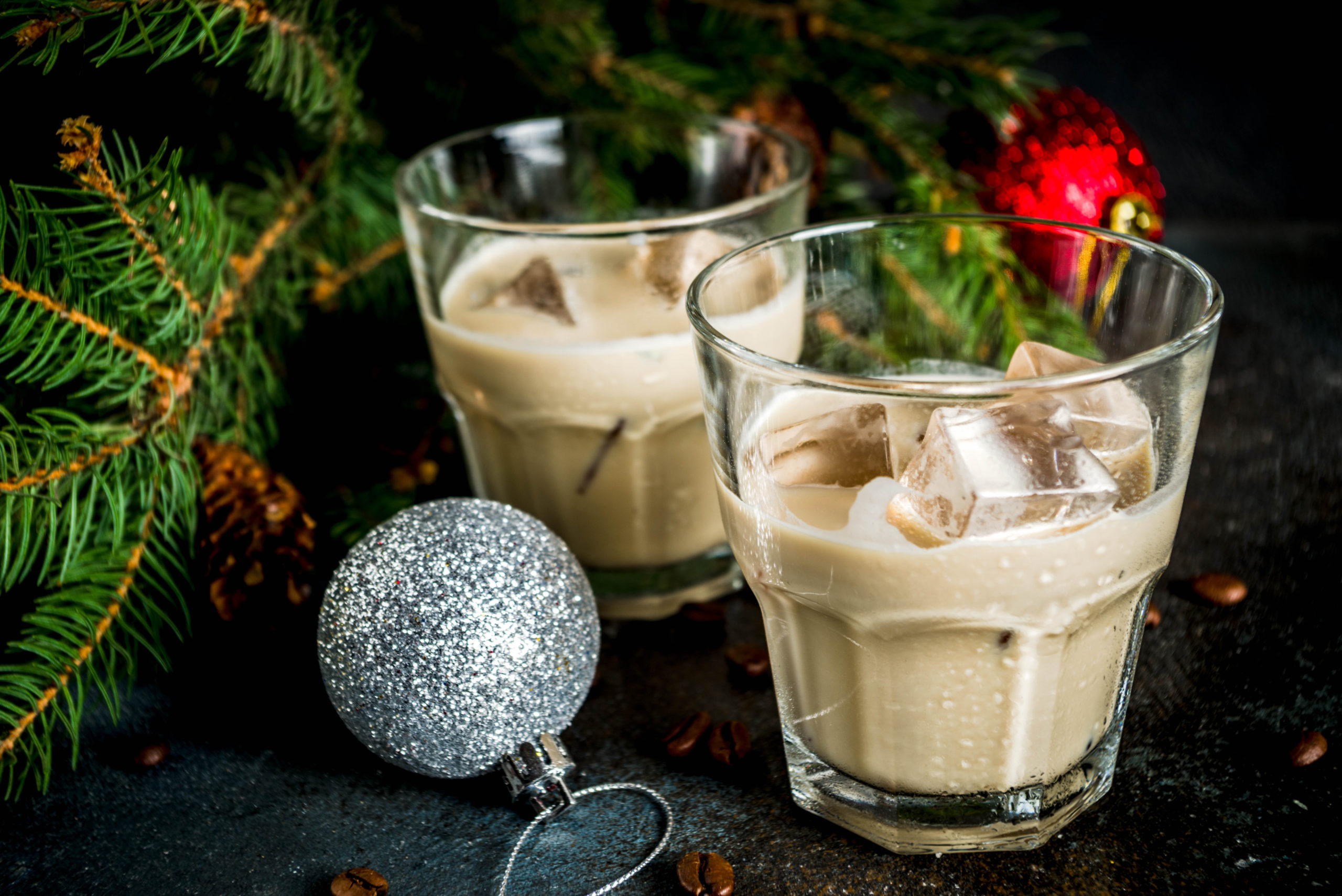
Innovation in the drinks industry
The drinks industry has changed immeasurably since the inception of Baileys back in 1973 with advancements in technology and communication, but Gluckman isn’t sure it’s all for the better.
“I think the market is more inventive, but I don’t know whether it’s more successful. The UK gin market has suddenly exploded and there are hundreds of new gins. But the problem is that there’s so much variety and so much choice now that I can’t see all those brands surviving forever.”
With different trends emerging all the time in the drinks industry and a huge amount of experimentation, sustainability is a valid concern for anyone in the business.
The customer isn’t always right
One of Gluckman’s less popular beliefs is that of a “single solution strategy”, something he says a lot of people are uncomfortable with.
“I think there is a tradition in modern marketing to come up with six ideas, go out and test them and find out which works best.”
He believes there is too much consultation with consumers in product development these days.
“I’ve always operated on the principle that you tell the consumer, ‘This is what the brand is going to be. This is how much it’s going to cost. Do you want it or don’t you?’ Don’t invite consumers to become amateur brand developers.”
He feels that consumers are not in a position to know what will work and what won’t.
“They like what they know. They don’t really know what they like or what they will like.”
Gluckman says that developers can be very “pusillanimous” now, cautious about choosing a name, pack design, etc.
“This formula is leading you back to producing something that is designed by committees rather than by experts. You need to behave like an expert. Don’t behave like somebody who’s completely objective and open to having their views changed.”
Gluckman has chronicled his adventures in the drinks industry in his book, That S*it Will Never Sell, which is available for purchase online. www.thatshitwillneversell.com.
This interview was originally published in the October issue of Inside FMCG magazine. Find out more and subscribe here.




